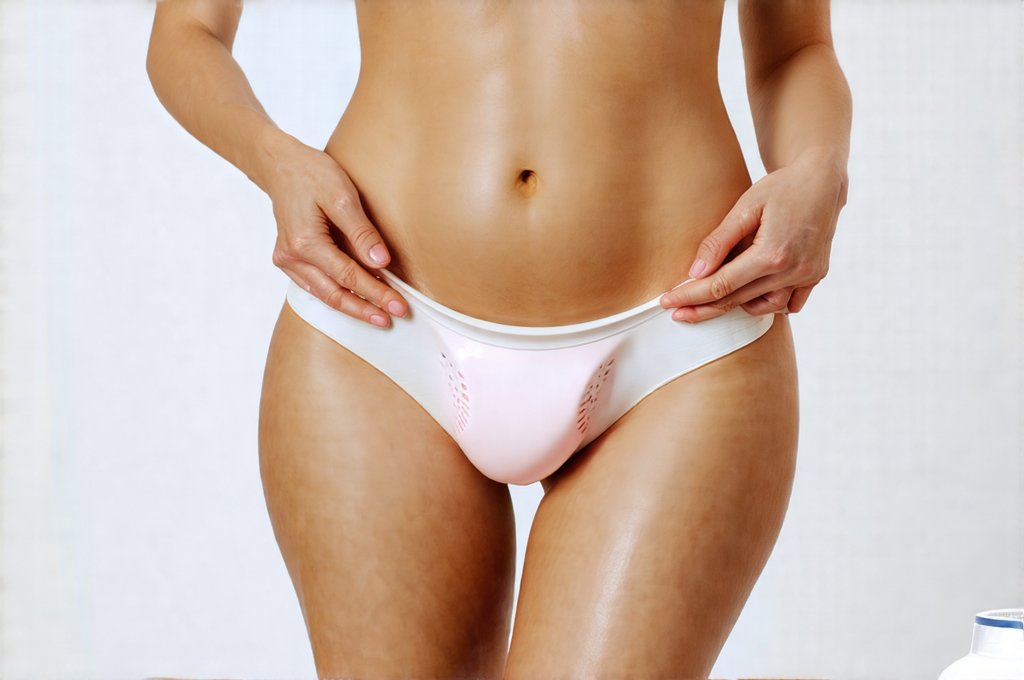Cystitis, often referred to as a urinary tract infection (UTI), is a common ailment affecting many women throughout their lives. Beyond the discomforting symptoms like burning sensations during urination, frequent urges to go, and lower abdominal pain, dealing with cystitis can feel incredibly disruptive and even anxiety-inducing. While antibiotics are usually the primary treatment, understanding how feminine hygiene practices intertwine with both preventing and managing cystitis is crucial for a holistic approach to well-being. Many women unknowingly contribute to recurrent infections through seemingly harmless habits, while others inadvertently exacerbate symptoms during an active infection.
This isn’t about blaming anyone or creating unnecessary worry; it’s about empowerment through knowledge. Proper feminine hygiene isn’t about excessive cleaning or harsh products, but rather supporting the natural balance of the vaginal microbiome and minimizing irritation. The delicate ecosystem within the vagina is constantly working to protect against harmful bacteria, and understanding how our daily routines affect this system can make a significant difference in managing cystitis symptoms and reducing the risk of future occurrences. This article will explore evidence-based practices for feminine hygiene specifically tailored to those experiencing or prone to cystitis, offering practical advice for comfort and prevention. You may also find information on best practices for personal hygiene helpful in preventing future occurrences.
The Connection Between Feminine Hygiene & Cystitis
The urethra’s proximity to both the anus and the vagina makes women more susceptible to UTIs/cystitis than men. Bacteria, particularly E. coli from the digestive tract, can easily travel to the urinary tract. While not all bacteria are bad, disrupting the natural balance of vaginal flora—the community of microorganisms that live in the vagina—can create an environment where harmful bacteria thrive. Aggressive cleaning with harsh soaps or douching actually diminishes these beneficial bacteria, making it easier for pathogens to colonize and ascend into the urinary tract.
Furthermore, certain hygiene practices can directly irritate the urethra, increasing vulnerability. Tight-fitting clothing restricts airflow and traps moisture, creating a breeding ground for bacteria. Similarly, scented feminine hygiene products—pads, wipes, sprays, washes—often contain chemicals that disrupt vaginal pH and cause irritation. It’s important to remember that the vagina is self-cleaning; it naturally maintains its own healthy balance without needing artificial intervention. Therefore, a gentle, minimalist approach to hygiene is usually best, especially when dealing with cystitis or trying to prevent recurrence. Understanding best practices for women with recurring UTIs can also help you develop long-term strategies.
Gentle Hygiene Practices During & After Cystitis
When actively experiencing cystitis symptoms, focusing on minimizing irritation and promoting healing is paramount. Avoid douching at all costs – it’s universally discouraged by medical professionals as it disrupts the vaginal ecosystem and doesn’t treat or prevent infection. Instead, prioritize gentle cleansing with water alone, or a pH-balanced, unscented wash specifically formulated for sensitive skin. When wiping after using the toilet, always wipe from front to back to avoid introducing bacteria from the anal region into the urethra.
After urination, gently pat (don’t rub) the perineal area dry with a soft towel. This helps prevent moisture buildup and bacterial growth. During menstruation, change sanitary pads frequently – ideally every four to six hours – and opt for unscented products made of breathable materials. Consider using panty liners on days when you aren’t menstruating if you experience leakage or feel the need for extra protection, but choose fragrance-free options and avoid prolonged use as they can also trap moisture. Finally, prioritize comfortable underwear choices—loose-fitting cotton underwear is ideal as it allows for airflow and reduces friction.
Choosing & Using Cleansing Products
The market is flooded with feminine hygiene products promising freshness and cleanliness. However, many contain ingredients that can actually harm vaginal health. Look beyond the marketing claims and scrutinize ingredient lists. Avoid products containing:
– Fragrances (even “natural” fragrances)
– Dyes
– Parabens
– Sulfates
– Alcohol
Instead, opt for products labeled “pH-balanced” or specifically designed for sensitive skin. Even then, use them sparingly. Water is often the best cleanser—a gentle wash with lukewarm water is usually sufficient for everyday hygiene. If you prefer using a wash, choose one formulated with natural ingredients like aloe vera or chamomile, known for their soothing properties. Remember, less is more when it comes to cleansing; excessive washing can strip away protective oils and disrupt the vaginal microbiome. You may find best practices for hygiene during UTIs helpful in making informed product choices.
Underwear & Clothing Choices
The clothes we wear play a surprisingly significant role in vaginal health. Tight-fitting pants, leggings, and synthetic underwear restrict airflow, creating a warm, moist environment ideal for bacterial growth. This is particularly problematic when you’re prone to cystitis or experiencing an active infection. The best choice is loose-fitting clothing made of breathable materials like cotton.
Consider these points:
– Cotton underwear allows air to circulate, reducing moisture buildup.
– Avoid tight-fitting jeans and leggings for extended periods. If you must wear them, choose those with some stretch or combine them with a breathable skirt or dress.
– Change out of wet swimsuits or workout clothes immediately after activity.
– When sleeping, consider foregoing underwear altogether to allow maximum airflow (if comfortable). This can significantly reduce the risk of bacterial growth overnight.
Hydration & Dietary Considerations
While not directly related to external feminine hygiene, adequate hydration and a balanced diet are essential for overall urinary tract health and can indirectly support vaginal wellbeing. Drinking plenty of water helps flush bacteria out of the urinary system, reducing the risk of infection. Cranberry juice has long been touted as a preventative measure against UTIs, although research is mixed; its effectiveness varies between individuals.
However, staying well-hydrated remains crucial regardless. Regarding diet, limiting sugary foods and refined carbohydrates can help control blood sugar levels, which may impact immune function. Probiotic-rich foods like yogurt (with live cultures) or kefir can contribute to a healthy gut microbiome, indirectly supporting vaginal health as the two are interconnected. A balanced diet rich in vitamins and minerals strengthens the immune system, making it better equipped to fight off infections.
It’s important to reiterate that this information is not intended to replace professional medical advice. If you suspect you have cystitis or are experiencing recurrent UTIs, consult with a healthcare provider for proper diagnosis and treatment. They can assess your specific situation and recommend the most appropriate course of action. And don’t forget about best hygiene practices for women’s bladder health as a long-term preventative measure!





















